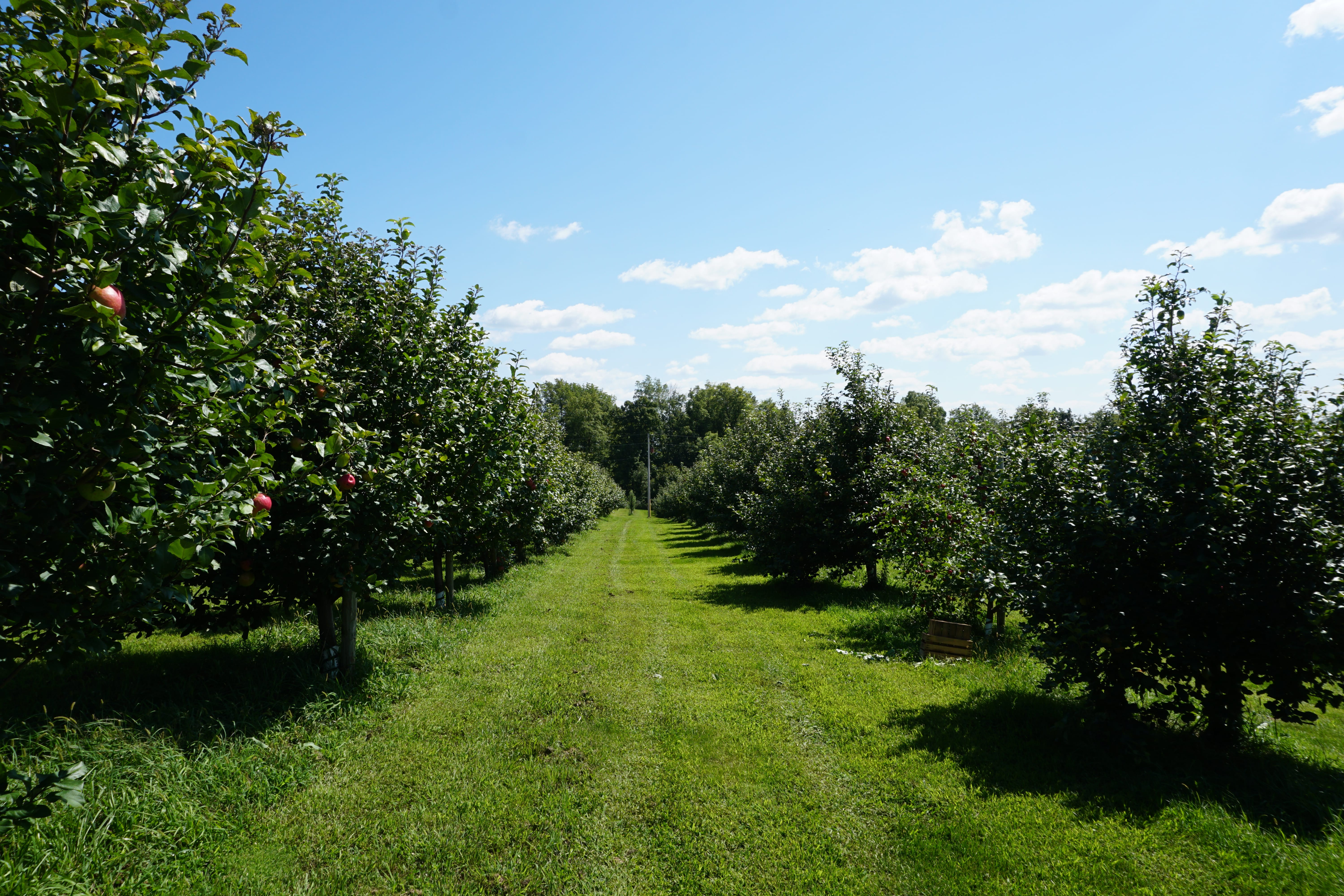
Tax practitioners, farmers and farmland owners are encouraged to connect to the Ag and Natural Resources Income Tax Issues Webinar on Dec. 17 from 9 a.m. to 3 p.m. The event is sponsored by Ohio State University Extension and participants can attend the webinar at host locations throughout Ohio or connect at home or office.
The webinar focuses on issues specific to farm tax returns related to agriculture and natural resources, and will highlight key regulations of the Tax Cuts and Jobs Act related specifically to those income tax returns.
The program is an intermediate-level course for tax preparers whose clients include farmers and rural landowners. Farmers who prepare and file their own taxes will also benefit from the webinar.
Topics to be discussed during the webinar include:
New Section 199A 20% Pass-Through Deduction
Learn how pass-through business owners (most all businesses except those organized as C-Corps) can qualify for this new deduction
Farm Loss Deduction Limits
Review the special rules and limits that apply to farm losses and farm net operating losses.
Depreciation of Farm Assets
Discuss new rules impacting the depreciation and expensing of farm assets. Also review the impact of the elimination of IRC § 1031 like-kind exchange treatment for personal property on farm trades.
Farm and Ranch Tax Elections
Identify general rules applicable to making and revoking elections allowed to farm businesses.
Section 199A and Agricultural and Horticultural Cooperatives
Define the new tax law applicable to sales by patrons through cooperatives.
Farm Lease Income and the QBI Deduction
Application of the QBI Deduction to farm lease income.
Entity Considerations
Review entity planning considerations for farm clients necessitated by the new tax law.
Involuntary Conversions:
Involuntary conversions may be the result of a condemnation, a sale under a threat of condemnation, sales of livestock due to weather conditions, or a casualty. The webinar will describe the tax rules associated with these dispositions.
Taxation of Wetland Mitigation Credits
Discuss how wetland mitigation credits are created and how credits might be taxed upon sale or disposition by farmers and ranchers.
Commodities Futures and Options Contracts
Review the tax implications of hedging transactions and options contracts.
Non-Cash Transactions
Identify some of the common challenges associated with non-cash transactions—such as commodity gifts and wages, bartering, and non-cash patronage dividends—and discusses their tax consequences.
Tax Implications of Payments from Energy Companies
Explore the tax treatment of various payments that a landowner or mineral owner may receive from oil and gas exploration, drilling activity, or from wind or solar energy produced on his or her land.
Case Study with Forms
Presentation with a typical farm client and walk through form preparation for that client’s tax return.
The cost for the one-day school is $150, and applications have been made for the following continuing education credits:
- Accountancy Board of Ohio, CPAs (6 hours)
- Office of Professional Responsibility, IRS (6 hours)
- Supreme Court of Ohio, Attorneys (5 hours)
Registration includes the Agricultural Tax Issues workbook. The deadline to register is Dec. 6 to ensure participants will receive the workbook in the mail before the workshop. The live webinar, which will also feature a real-time Q-and-A, can be viewed at several host locations statewide and will include lunch.
Participants also have the option to view the webinar from home if unable to attend a host location.
For those who choose not to attend at a host location, a web address for the webinar will be sent in advance of the Dec. 17 presentation.
Host locations include:
- Auglaize County, OSU Extension Office, 208 S. Blackhoof St., Wapakoneta
- Clermont County, OSU Extension Office, 1000 Locust St., Owensville
- Miami County, OSU Extension Office, 201 W. Main St., Old Courthouse, Troy
- Putnam County, OSU Extension Office, 1206 E. Second St., Ottawa
- Wayne County, Fisher Auditorium, 1680 Madison Ave., Wooster
- Wyandot County, Elks Lodge, 320 E. Wyandot Ave., Upper Sandusky
More information on the workshop, including how to register, can be found at go.osu.edu/agissuesreg
Contact Barry Ward at 614-688-3959, ward.8@osu.edu or Julie Strawser at 614-292-2433, strawser.35@osu.edu with questions.








